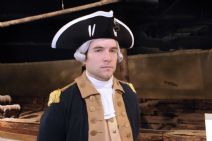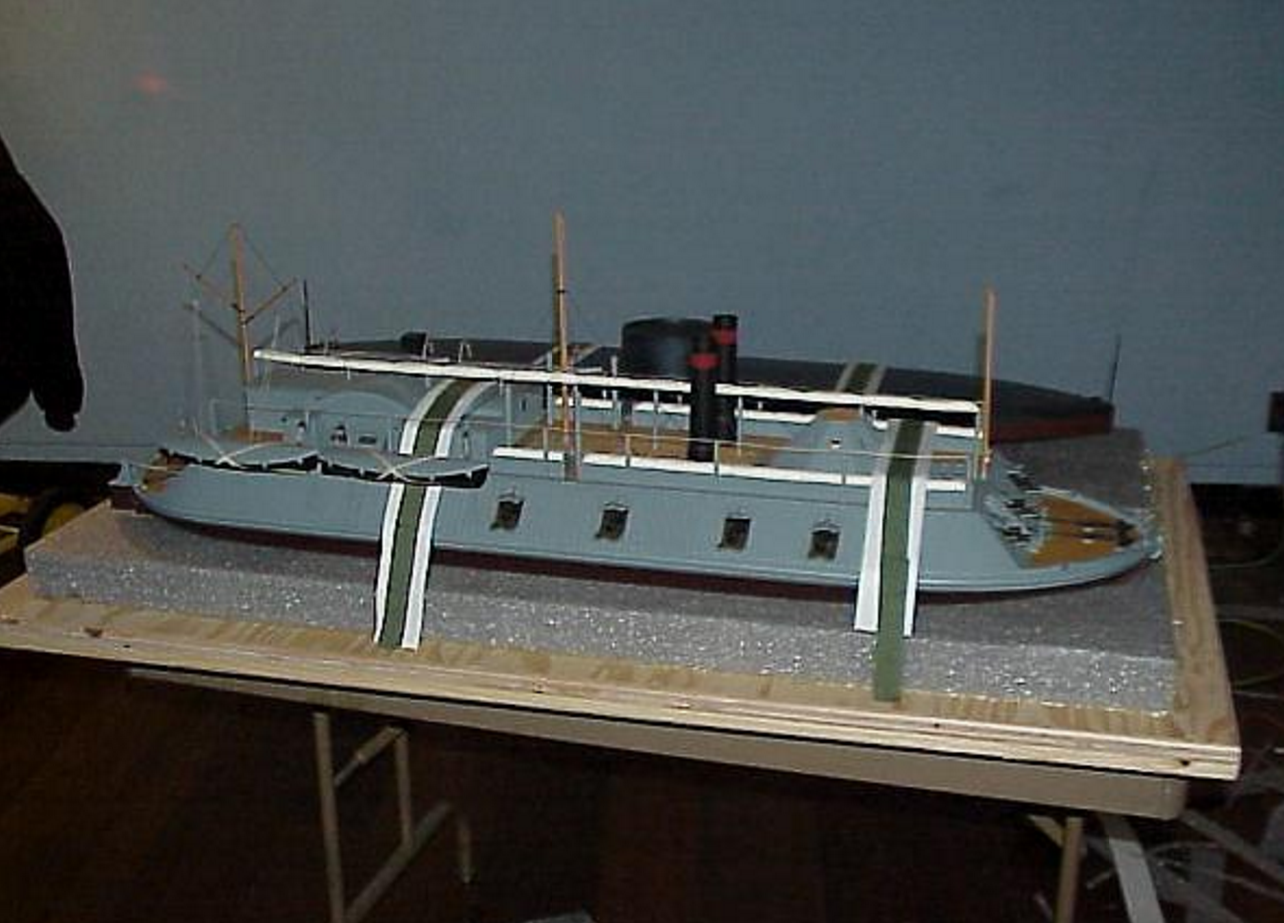As COVID-19 deaths spiked in 2020, Suzanne Firstenberg’s public art installation "In America: How could this happen…"
History Explorer Results (23)
Related Books (0)

Grade Range:
K-12
Resource Type(s):
Reviewed Websites
Date Posted:
11/15/2013
Mystic Seaport for Educators provides educators, caregivers, and students free online access to a myriad of objects, documents, interactive maps, community projects, resources kits, classroom ideas, images and conversation. Calling on the collections of the Mystic Seaport Museum of America

Grade Range:
5-12
Resource Type(s):
Interactives & Media, Lessons & Activities
Duration:
135 minutes
Date Posted:
8/3/2012
In this lesson, students will examine the difference between history and memory by debating the legacy of Benedict Arnold. Using video clips of an actor playing Arnold, students are invited to debate his actions and determine how history should remember him.

Grade Range:
5-12
Resource Type(s):
Artifacts, Primary Sources
Date Posted:
12/31/2010
USS Carondolet was a 512-ton ironclad gunboat in the style of the Cairo. It was built in Saint Louis and commissioned in January 1862. Within a month it had contributed to the capture of both Fort Henry and Fort Donelson.

Grade Range:
5-12
Resource Type(s):
Artifacts, Primary Sources
Date Posted:
12/29/2010
Service jacket and cap worn by Rear Admiral David G. Farragut while directing the fire of the flagship Hartford during the Battle of Mobile Bay on August 5, 1864. It was during the Battle of Mobile Bay that Farragut uttered the infamous words, “Damn the torpedoes! Full speed ahead.”

Grade Range:
5-12
Resource Type(s):
Artifacts, Primary Sources
Date Posted:
12/28/2010
The CSS Alabama was a 1,050-ton screw steam sloop of war. On August 24, 1862 it rendezvoused with a supply ship and was outfitted for war and for the next two years wreacked havoc on the seaborne commerce of the North by destroying more than 60 ships valued at nearly $6,000,000

Grade Range:
5-12
Resource Type(s):
Artifacts, Primary Sources
Date Posted:
12/28/2010
Cap worn by Landsman Nathan Ives of the USS Kearsarge.
The CSS Alabama was a 1,050-ton screw steam sloop of war. Built in Liverpool, England, it took to sea as a merchant ship, but on August 24, 1862, it rendezvoused with a supply ship and was outfitted for war. For th

Grade Range:
5-12
Resource Type(s):
Artifacts, Primary Sources
Date Posted:
12/28/2010
Built by contract with John Ericsson at Green Point, Long Island, and launched January 30, 1862, the USS Monitor saw its first naval action at Hampton Roads, Virginia, on March 9, 1862. Despite the CSS Virginia being almost twice its size, with ten guns, the Monitor wit

Grade Range:
5-12
Resource Type(s):
Artifacts, Primary Sources
Date Posted:
12/23/2010
On April 21, 1861, Virginians claimed an abandoned navy yard at Norfolk, Virginia. There they found the sunken hull of the burned USS Merrimack. The Merrimack was raised and on June 23, 1861 the Honorable S. R. Mallory, Confederate secretary of the navy, ordered it to be converted to an ironclad.

Grade Range:
5-12
Resource Type(s):
Artifacts, Primary Sources
Date Posted:
12/22/2010
Civil War battle rattle used on smaller ships to call all hands to battle stations.

Grade Range:
5-12
Resource Type(s):
Artifacts, Primary Sources
Date Posted:
12/21/2010
To fight Mexico, the United States had to mobilize, equip, and transport a large force, including both army and navy components.
President James Polk planned a complex campaign. He sent one army under Stephen Kearny to capture New Mexico and then march on to California. Commodore J









